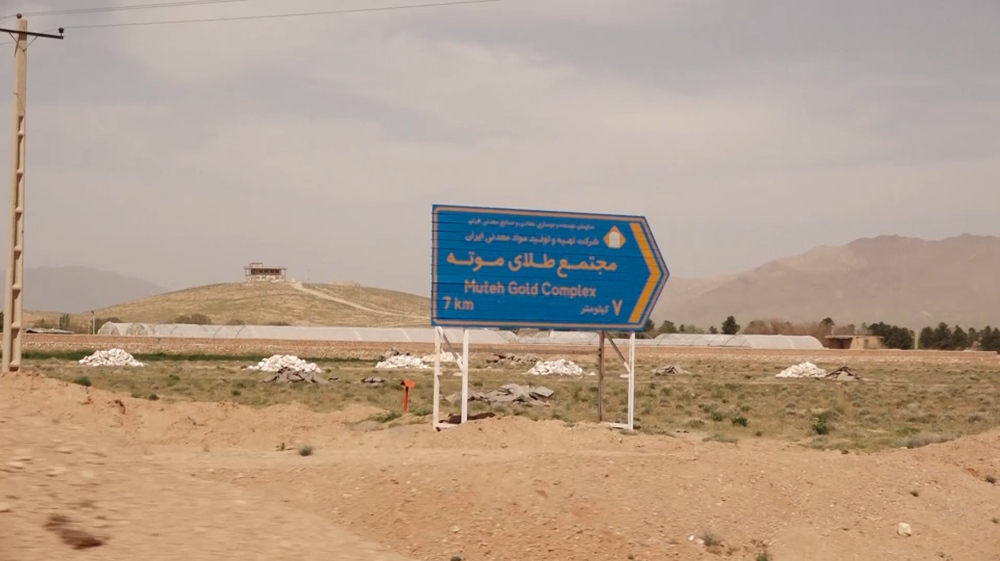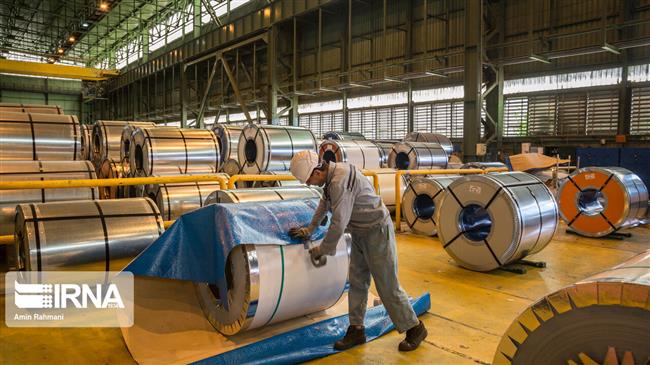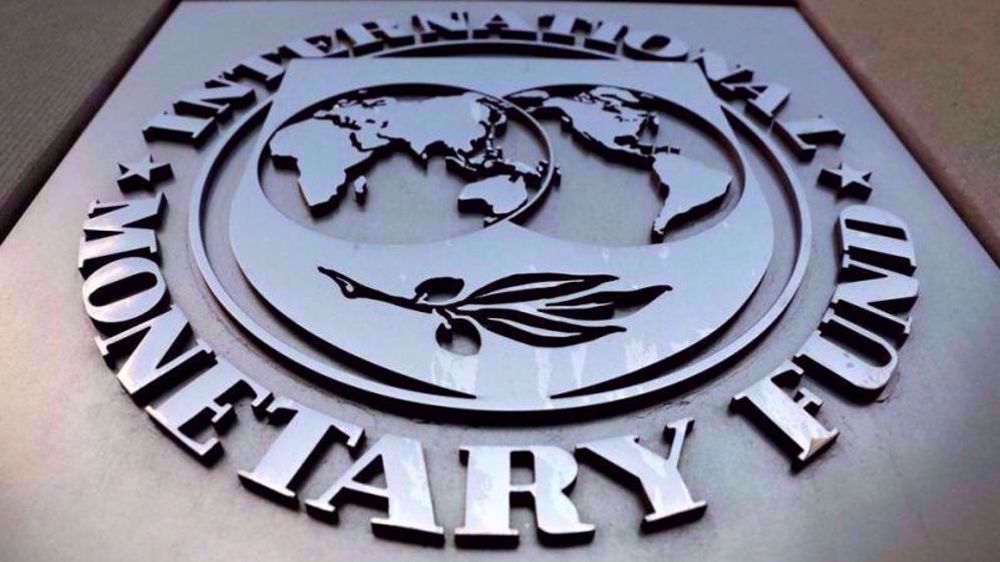Gold mine in central Iran ramps up production
A gold mine in central Isfahan produced 223 kg of the precious metal in the eight months since the start of the Persian year in mid-March, its managing director says.
The production at Moteh gold mine was up 5 percent year on year, Alireza Talari said on Wednesday, adding output in the month of Aban which ended on Nov. 21 also rose 29% to 31 kg.
Iran's proven gold reserves are estimated at 340 tonnes, but officials believe this figure would rise much higher with extensive prospecting.
In 2014, Iran launched the Zarshuran plant in northwest Takab, which is billed as the biggest gold processing operation in the Middle East with proven reserves of 110 tonnes.
According to officials, two gold processing plants with a combined capacity of 2.7 million tonnes per year will come on stream in South Khorasan province by the end of the current Iranian year in March 2022.
The country has about 37 billion tonnes of proven mineral reserves and 57 billion tonnes of potential reserves, worth $800 billion according to 2014 data on state-owned mines and metal holding company IMIDRO’s website.
The extractives industry, however, is underdeveloped and mineral products account for only 0.6 percent of Iran's GDP.
Oil has been the primary source of foreign currency for decades, but with the industry having come under a strict sanctions regime, mining is emerging as a new revenue source because the immense diversity of the sector makes it much harder to sanction.
Iran is a rising steel power. It was ranked 10th among global producers after output rose 10.7% to 7.5 million tonnes in the first quarter of this year, according to the World Steel Association.
On Wednesday, figures released by the Ministry of Industry, Mining and Trade showed Iranian companies produced 35.28 million tonnes of crude steel and steel products in the eight months since March.
Crude steel output fell 3.1% to 18.6 million tonnes during the period. Steel products stood at 16.6 million tonnes, down 6.6%.
Copper and aluminum production, however, rose in the period which saw Iranian mills churn out 202,000 tonnes of copper cathodes, up 6.2%, and 360,000 tonnes of aluminum ingots, up 24.8%.
As of 2020, Iran produced about 309,000 tonnes of copper, according to data from the World Bureau of Metal Statistics. It aims to boost that to 800,000 tonnes by 2025.
The National Iranian Copper Industry Company (NICICO) operates the country’s three major copper mines of Sarcheshmeh, Sungun and Miduk which have combined reserves of 3.4 billion tonnes.
Iran produced 29.3 million tonnes of steel in 2020, up 13.4 percent year on year. It aims to increase that to 52 million by 2025.
It also has 300 million tonnes of lead and zinc reserves. As of 2020, it produced about 132,000 tonnes of zinc and around 50,000 tonnes of lead.
The two largest mines are Mehdiabad in central Yazd province with 16.5 million tonnes of zinc ore reserves and the Angouran mine in Zanjan province with 9 million tonnes.
The country is estimated to have around 2.7 billion tonnes of iron ore reserves. The Chadermalu, Golgohar and Sangan mines are considered the largest iron ore mines in the country.
Trump threatens 200% wine tariffs on France to push Macron to join Gaza board
Yemen’s Saudi-backed PLC slams UAE for running secret prisons; Abu Dhabi denies
Swiss MPs move to strip UEFA of tax-exempt status over failure to ban Israeli teams
VIDEO | Massive Michigan pileup sees over 100 vehicles collide in highway crash
Diagnosing the roots of Iran’s economic turmoil
VIDEO | Press TV's news headlines
Son of Iran’s deposed Shah urges US, Israel to bomb country after failed ‘regime change’ plot
Jan. 12, 2026 – the day Iranians again rallied to reject hostile plots against Islamic Republic











 This makes it easy to access the Press TV website
This makes it easy to access the Press TV website